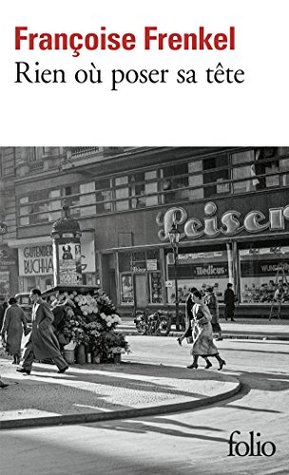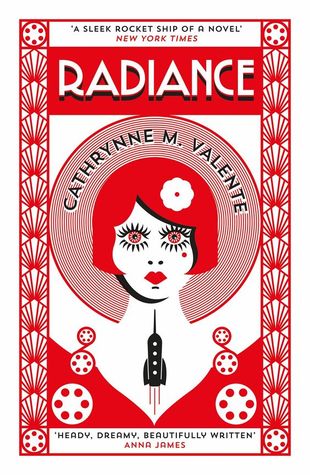One of the best decisions I ever made was to subscribe to LitHub. A recent newsletter tipped me off to the fact that The Verge was making The Internet of Garbage available for free, and minutes later it was on my Kindle app.

Author: Sarah Jeong
My GoodReads rating: 4 stars
Average GoodReads rating: 4.16 stars
Language scaling: B2+
Summary: A brief history of contemporary Internet hate and death threat campaigns, as well as suggestions to mitigate them.
Recommended audience: Anyone who uses the Internet but doesn’t know what “doxxing” means
In-depth thoughts: Much of what Jeong reports on here isn’t new to me, but then again I’m a digital native with one eye constantly on the Internet hellscape. Many people aren’t, though, and so when cases of online harassment boil over to the point where traditional media outlets begin reporting on them, there is inevitably something lost in the explanation. The Internet of Garbage is an excellent 101 primer on the subject. And therein is my only criticism: it doesn’t go beyond the 101 level. But since the reason The Verge put out a free interim edition of the book is in anticipation of a forthcoming expanded edition; perhaps that new edition will have a bit more meat to it.
But again, it’s easy for me to say that because I’ve kept apprised of Internet hate campaigns from the beginning. For other people, this is exactly what they need. For EFL readers, the language is crisp and direct, with the most potentially confusing terms helpfully defined.









